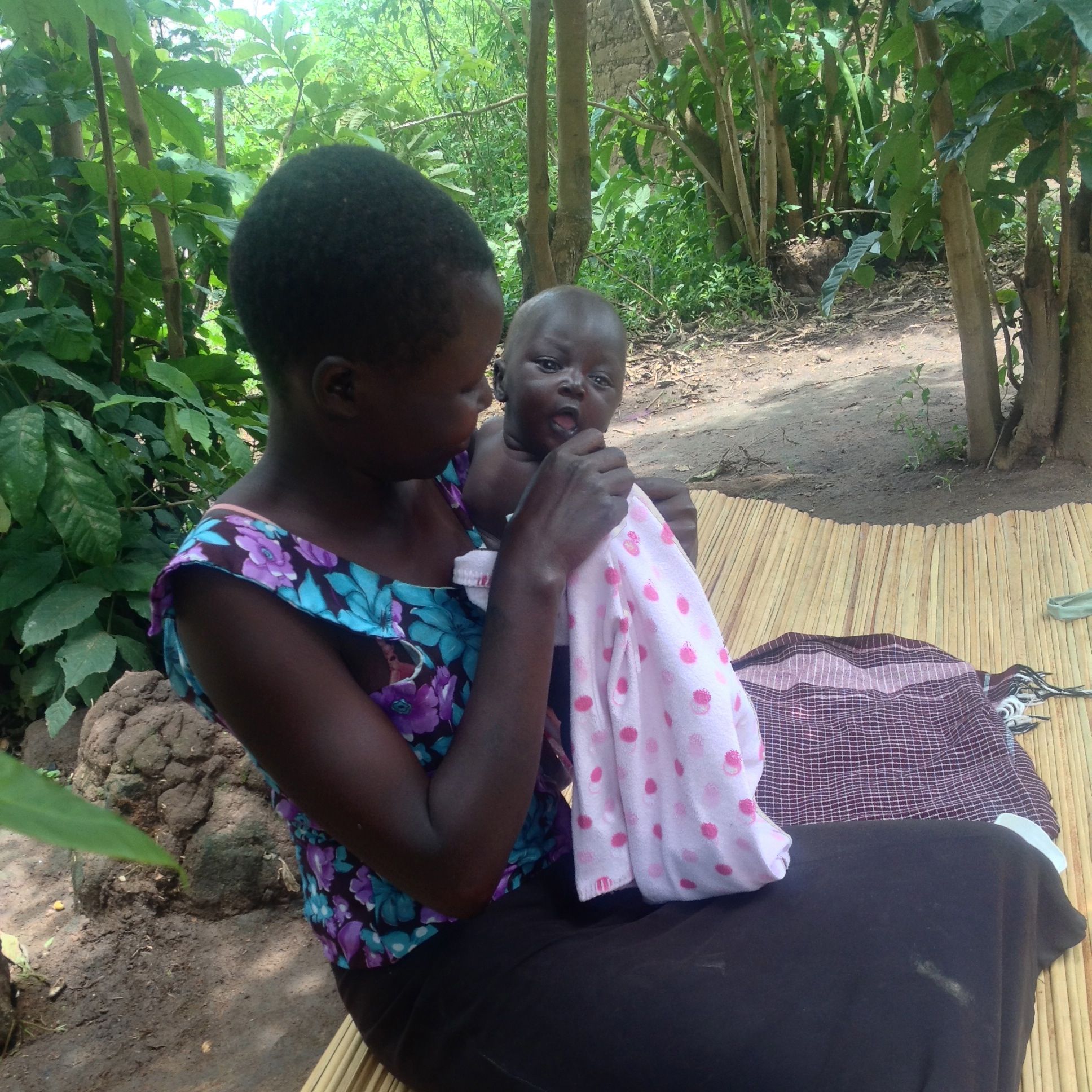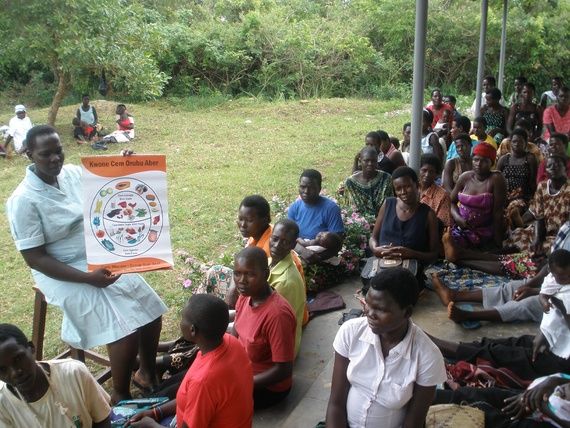Our group chose to work on stunting because it is one of the major consequences linked to food insecurity. During our session Roger Thurow came to give us a better background on this incredibly broad topic to help us narrow our research. He explained how the hungriest people in Africa are the farmers, which in itself is a paradox, and that this occurs because the majority of the country's food is grown by a small percentage of farmers. He explained that most people in Africa live in rural environments and that they experience a hunger season between harvests due to the high level of food insecurirty. One of our group's biggest takeaways came from a discussion Mr. Thurow had with a woman named Zipporah who stated that "the deepest misery during the hunger season is not being able to silence the cry of a hungry child." He explained that along with malnutrition children are often plagued with micronutrient deficiency, which is a lot harder to spot because it does not show as apparently as malnutrion does with the distended belly. He argued that the first 1000 days of a child's life are the most crucial to their development and will determine whether the child is going to grow up stunted. He compared the mothers in Chicago to those in Uganda by explaining that the mothers know how they should be eating and exercising but that they cannot always do this because of issues of poverty, disease, and/or violence. He ended his discussion on stunting by saying, "A lost opportunity for one, is a lost opportunity for all." Meaning if the global community does not work together to solve this issue, we will be preventing the next generation of intellectuals and innovators from making the world a better place.
The Analysis of the Nutrition Situation in Uganda
Feed the Future Country Profile: Uganda
-Uganda Malnutrition: Cost of Hungry Children Revealed
This video could be used as a motivational tool to help get the students engaged in the lesson and thinking about what stunting is. By seeing the effects of stunting instead of only hearing about it, it will make the issue more real to them and the concept easier to grasp.
Have the students write down three facts that they have learned while watching this video and after it is played ask the students what their biggest take-away was.
Ask the students what they think stunting means according to what they have just seen and if they can think of any possible solutions to this issue.
Depending on the grade level, ask how the fact that the video was organized through UNICEF could have led to any bias.











